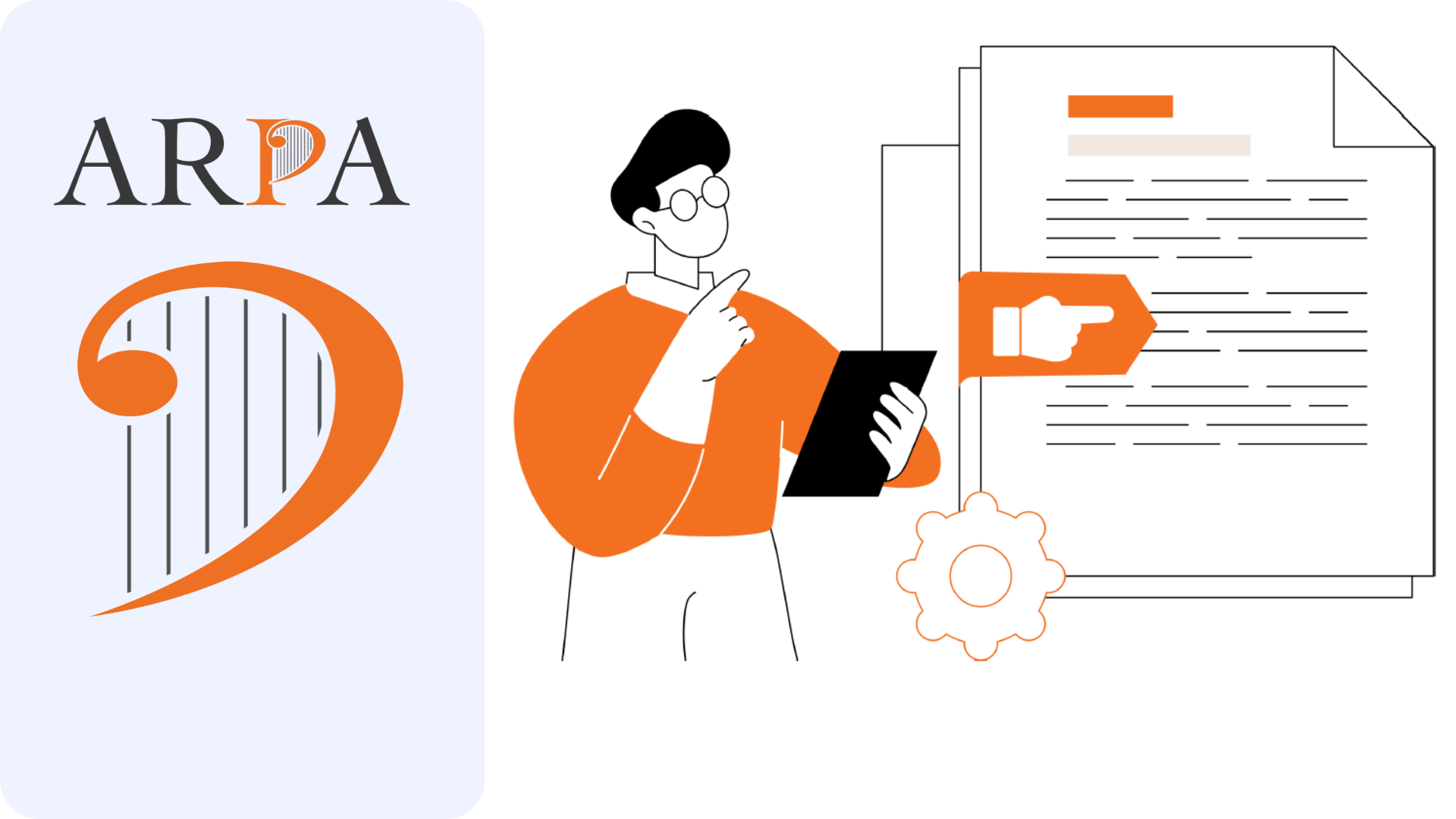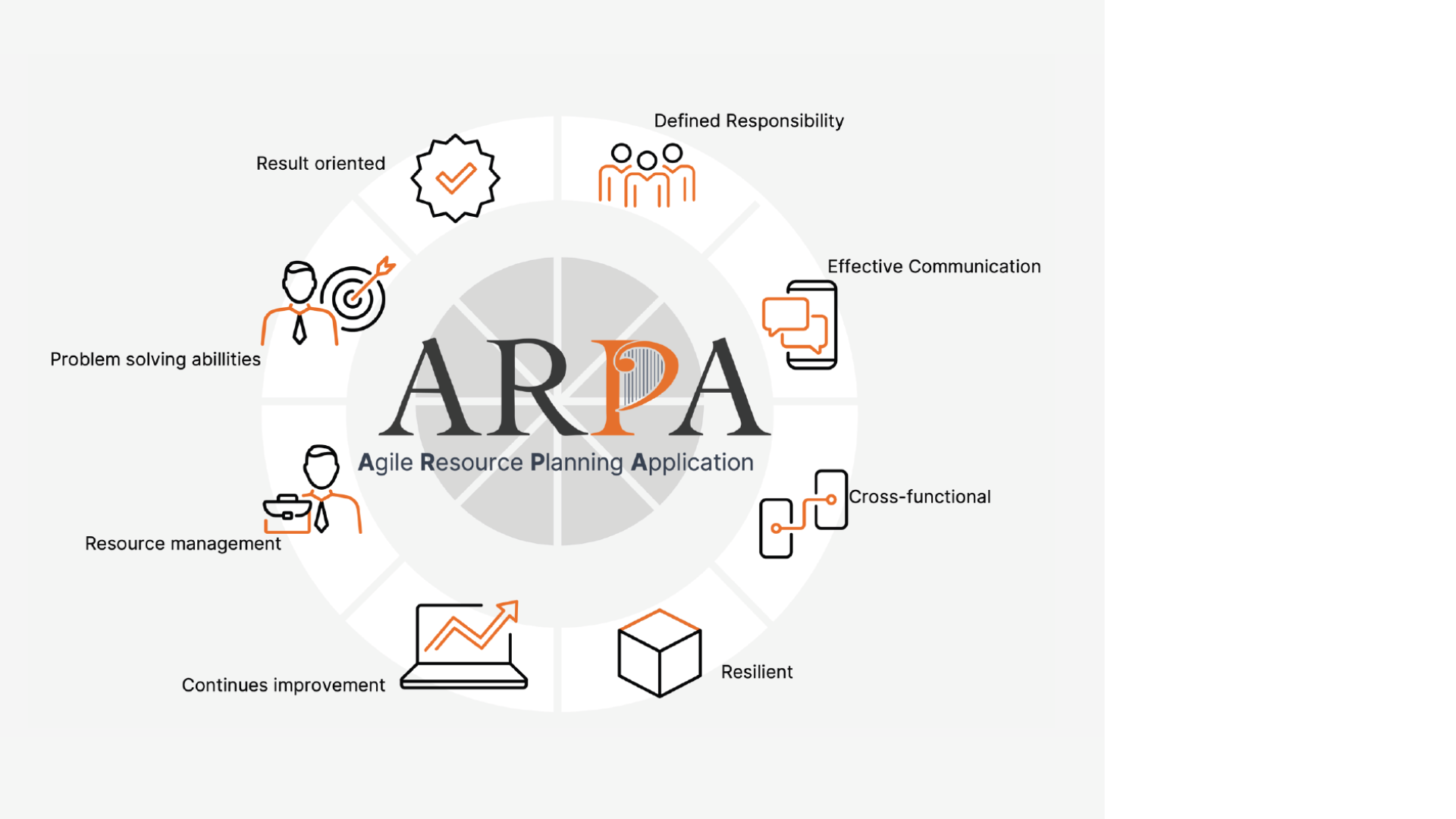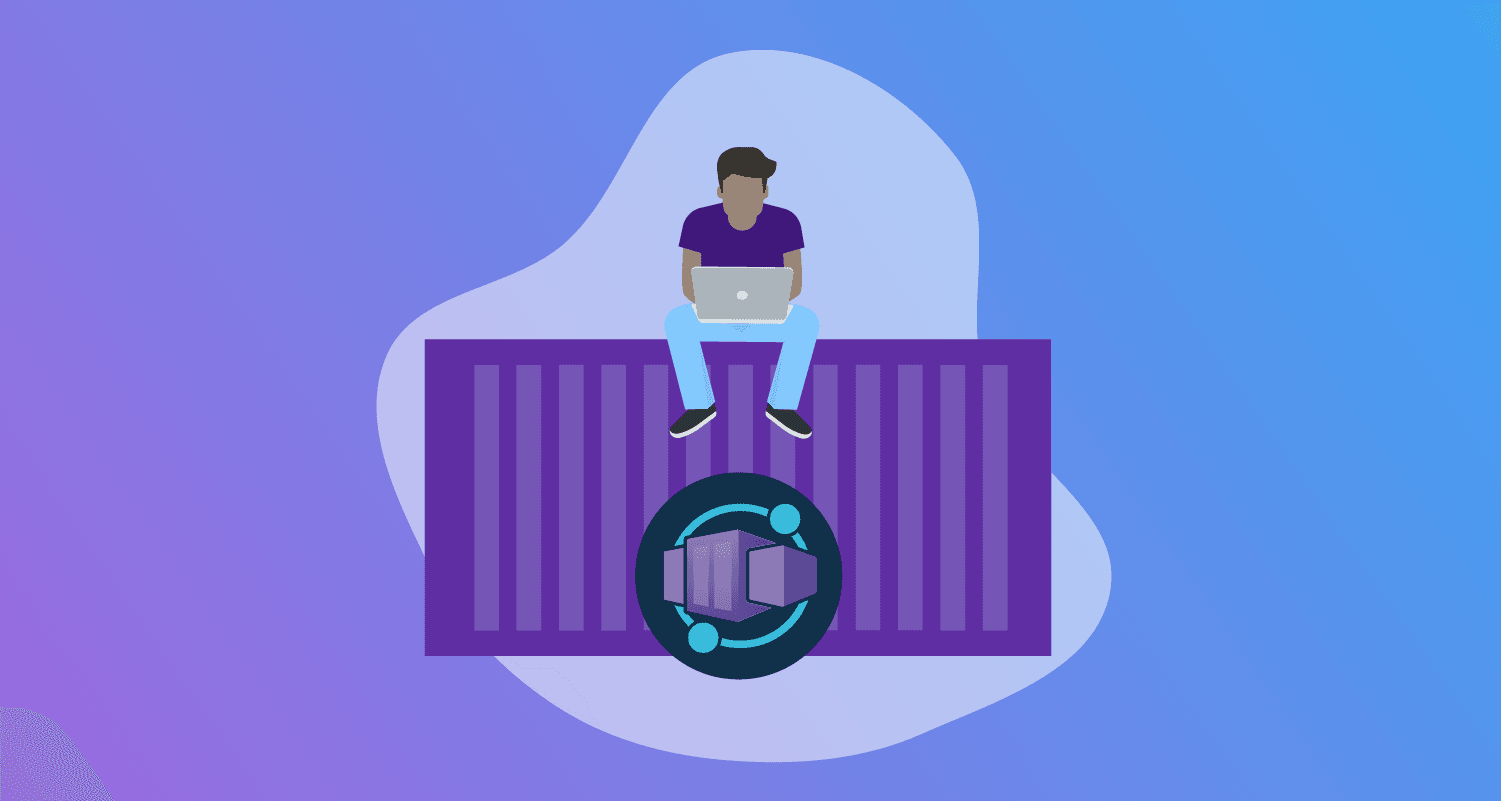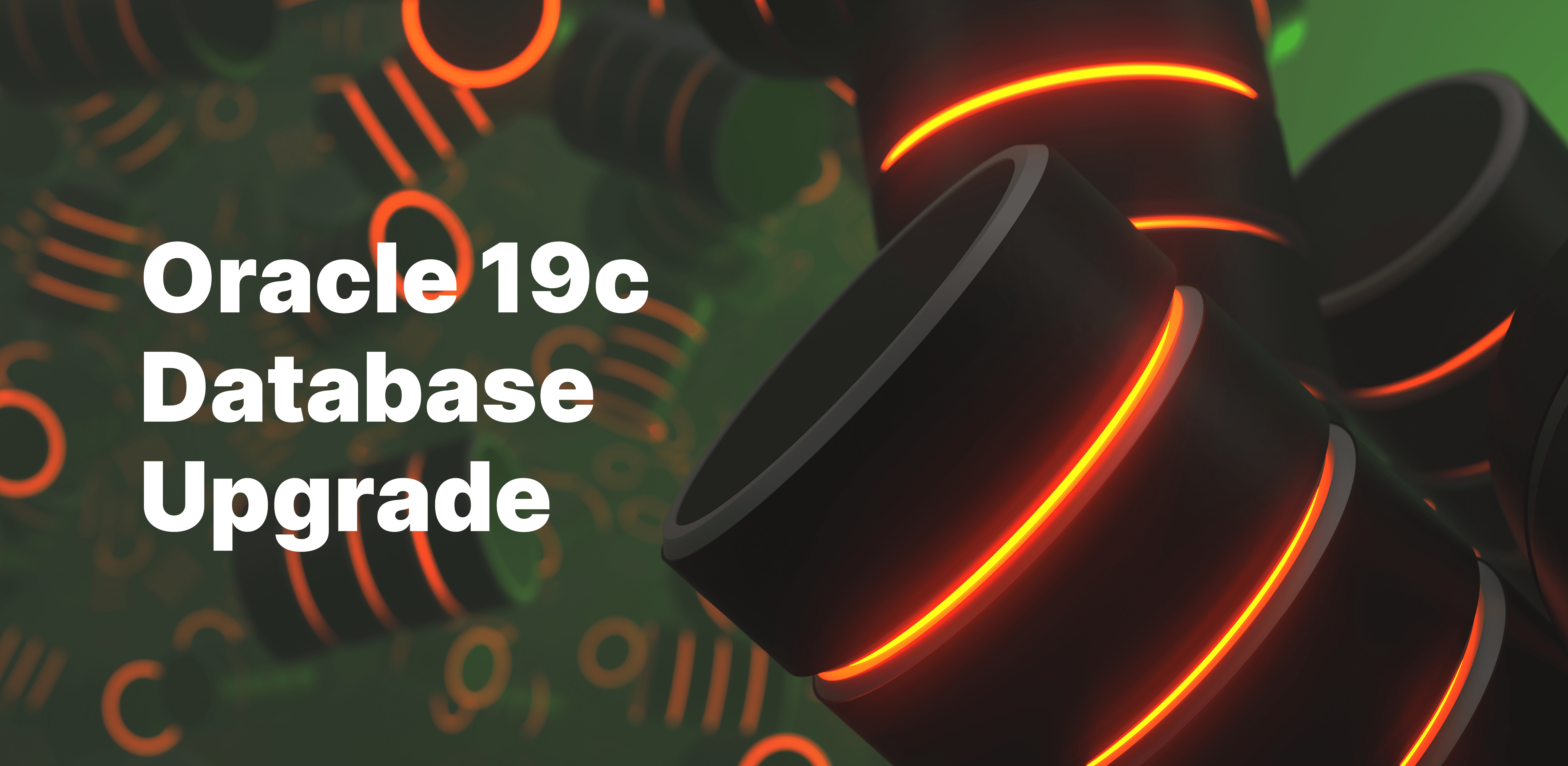ARPA - Lead Management Application
-
Filippo Ceraolo
- 04 Jun, 2024
- 02 Mins read

ARPA (Agile Resource Planning Application) supports an agile business process out of the box, which allows people to collaborate according to a dedicated workflow that is easy to understand and execute.
ARPA facilitates adoption of the agile business methodology with role based, activity centric features and communication. The solution evolves and reacts to change with ease thanks to the framework flexible configurability.
Compared to a full custom development solution, ARPA provides 80% of the functionality out of the box and 80% cost savings for the lead management use case.

Customer
Energy Manufacturer. A globally known company headquartered in Liechtenstein.
The Challenge
Our customer, a globally known company operating in the energy manufacturer sector, needed to improve their lead management process. The objective was to create a web application that would allow the massive import of leads via Excel files and a quick and efficient management of the leads, with advanced status and assignment of functionaries and partners.
The main functional requirements was to develop a solution that could:
- Manage the entry of new leads through both import from Excel files and manual creation
- User-friendly and intuitive for all users
- Allow quick and easy interaction
- Includes a mobile friendly solution
- An e-mail notification system
- Customized workflow
- Includes many collaborators
- Access control and different privileges
- Along with others functional and non-functional requirements
The Solution
To meet these requirements, we opted for our ARPA framework (SaaS), for the following reasons:
- Low-code: ARPA would allow rapid development thanks to the possibility of using predefined components, working mainly on configuration files
- SaaS: Choosing a Software as a Service solution with AWS would allow the scalable and reliable infrastructure of Amazon Web Services to be exploited, ensuring that the system could grow with the customer's needs
- Agile: The new product would be developed following the Scrum and Kanban methodologies
Our Work
Requirements analysis and design were conducted through meetings with the customer to fully understand their needs and define the system’s requirements.
Our team then divided the project into 5 phases:
- Foundation and infrastructure configuration including all preparatory activities
- First iteration, includes functionality such as: user login, roles, leads management and import, standard dashboard and mobile app
- Testing and training with customer’s team with the purpose of collecting feedback and resolving bugs
- Second iteration, mainly the custom dashboards linked to user roles
- Third and final iteration, specific email notifications
Deliverables
- 80% of required functionality out of the box
- Version 1.0 developed in 5 days
- Version 2.0 developed in 20 days
- Reduced development time and costs
- Increased efficiency
- Scalability and reliability
- Flexibility and adaptability







![Clean Code: L’Economia dei Commenti [4/12]](/uploads/Clean_Code4_of_12_SORINT_lab_b2c605d6bf.png)